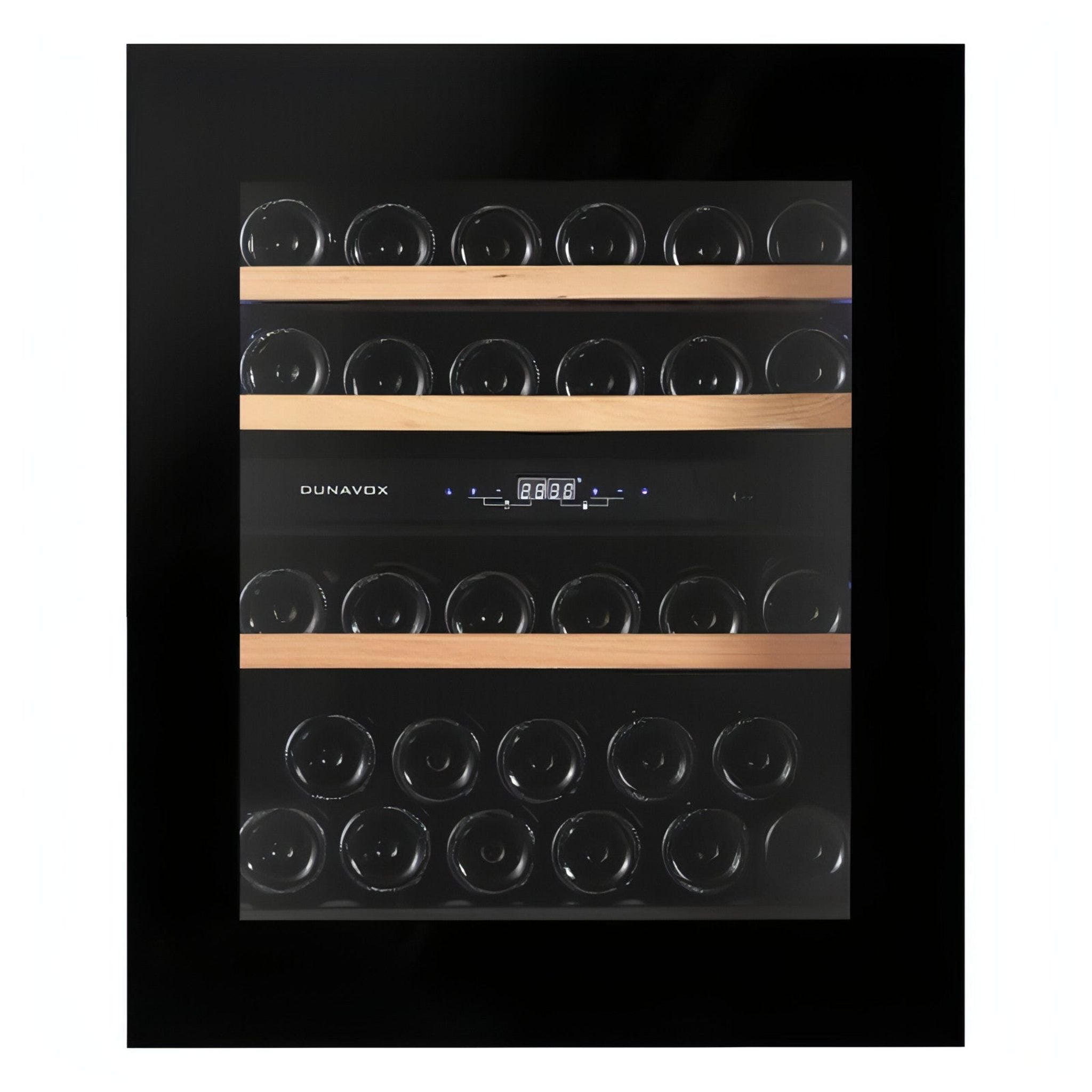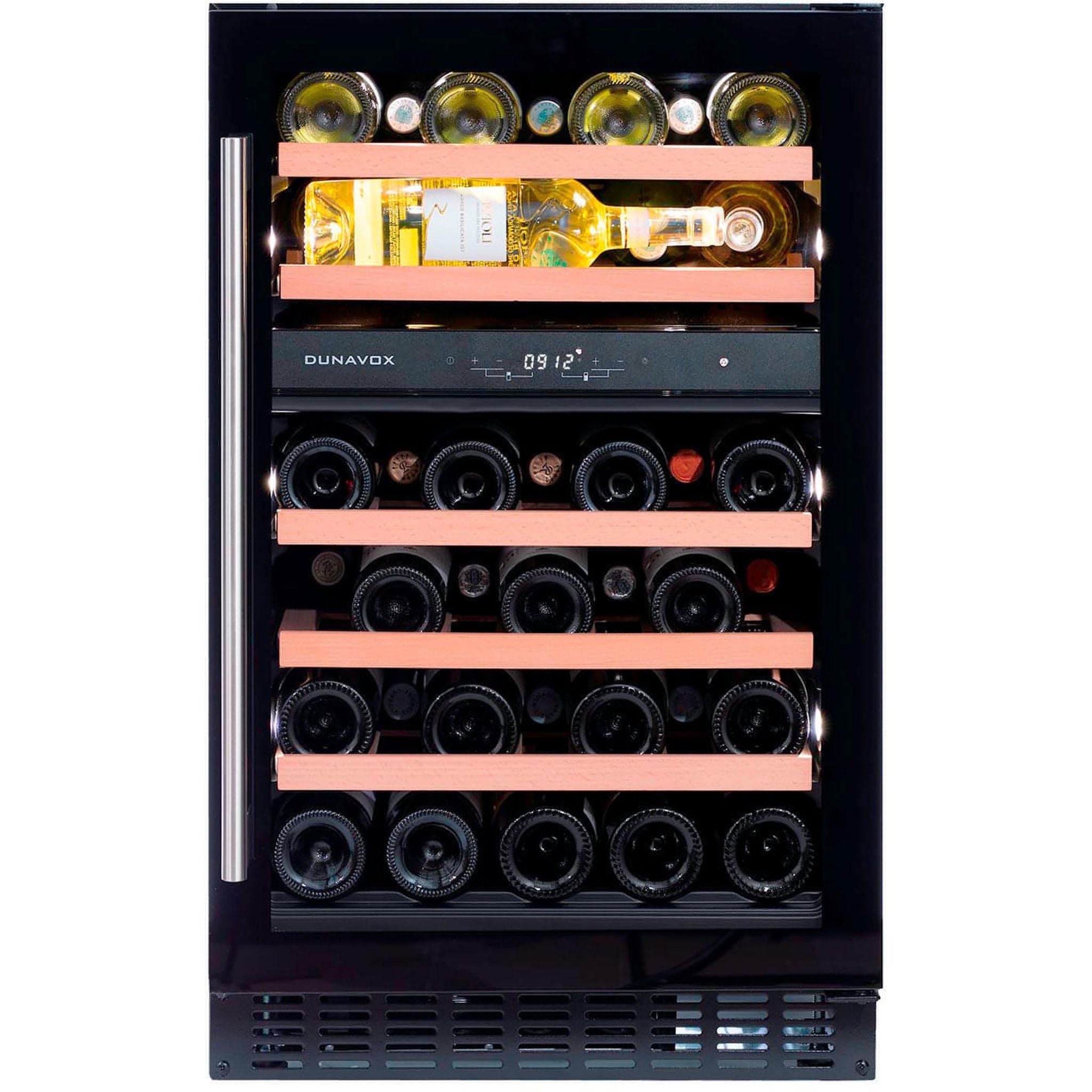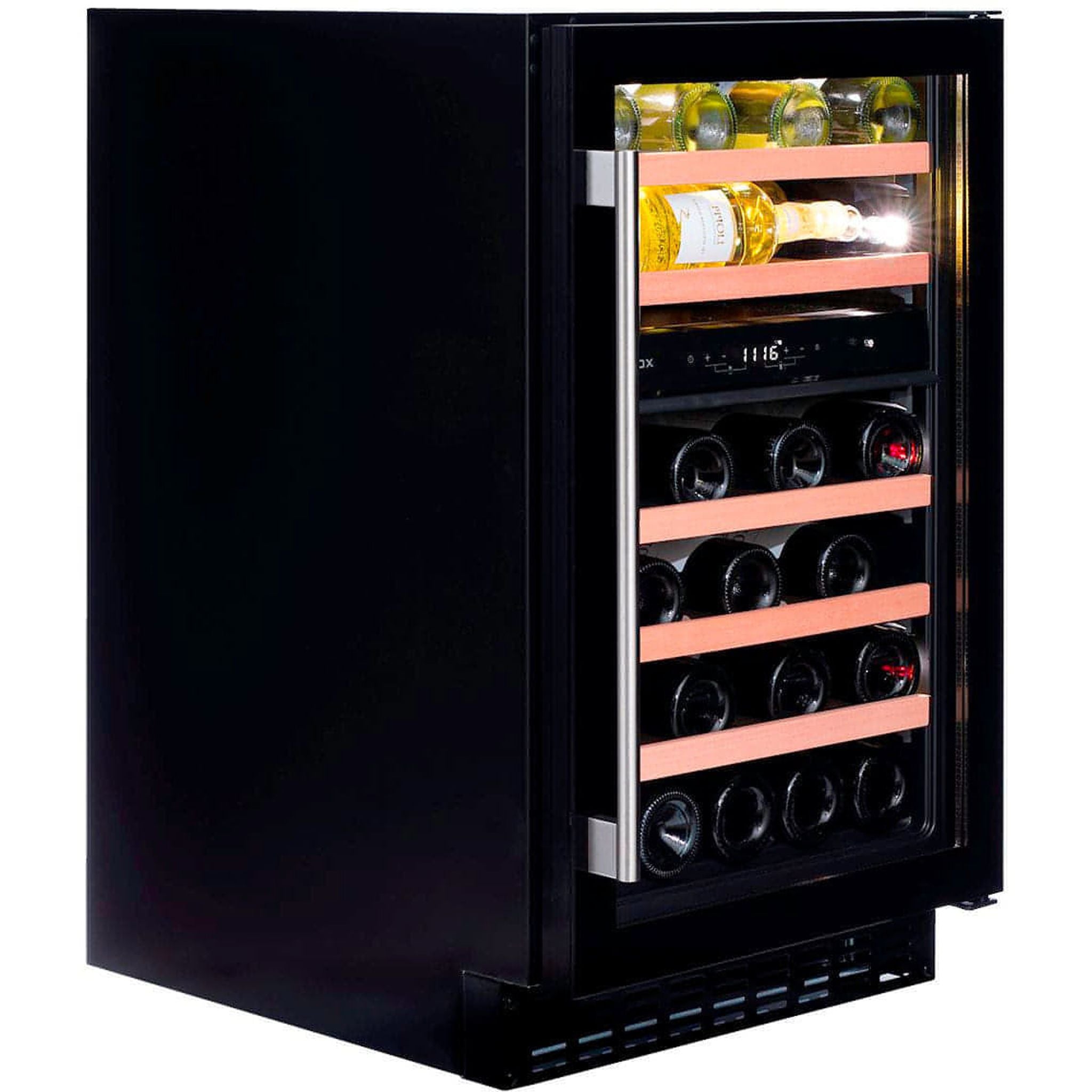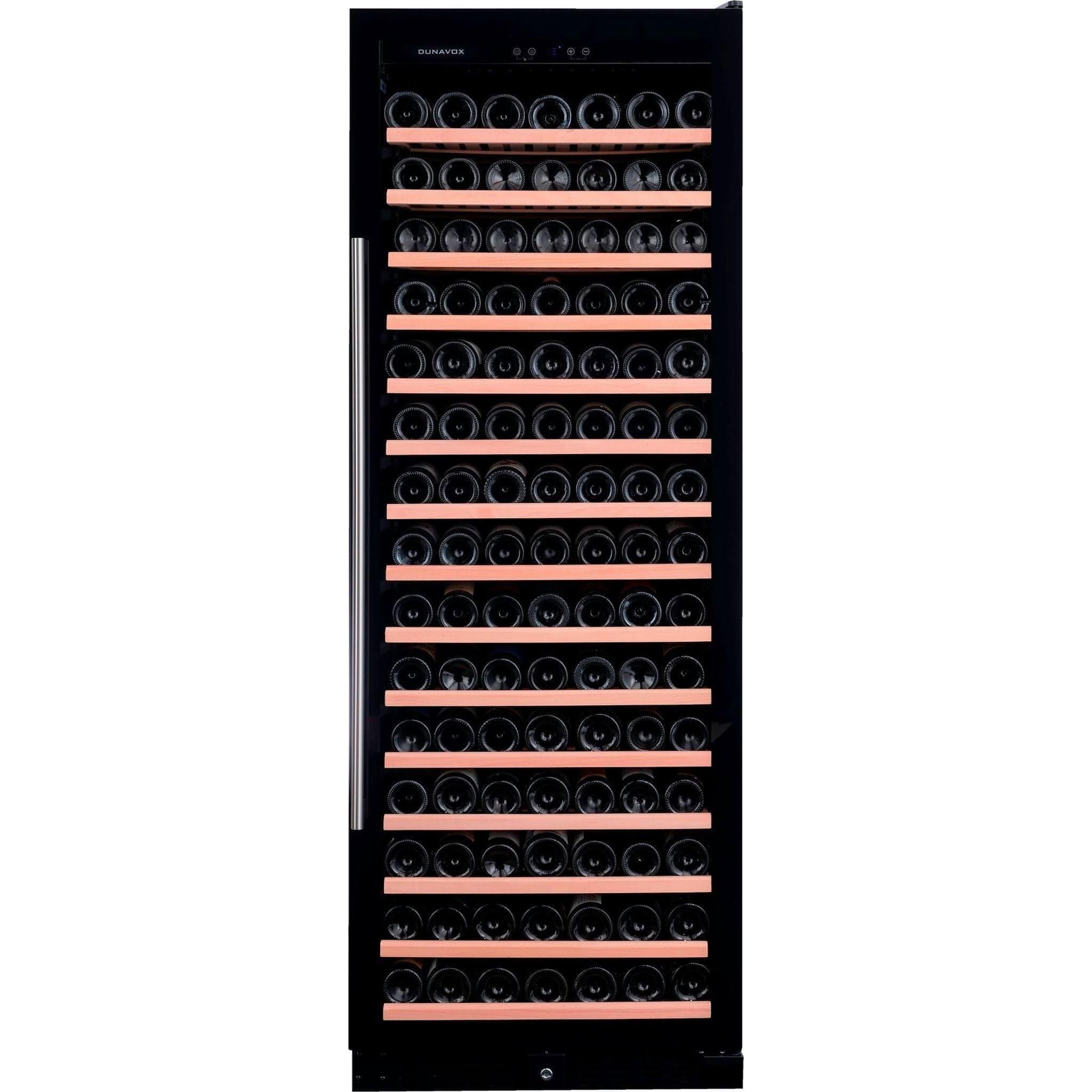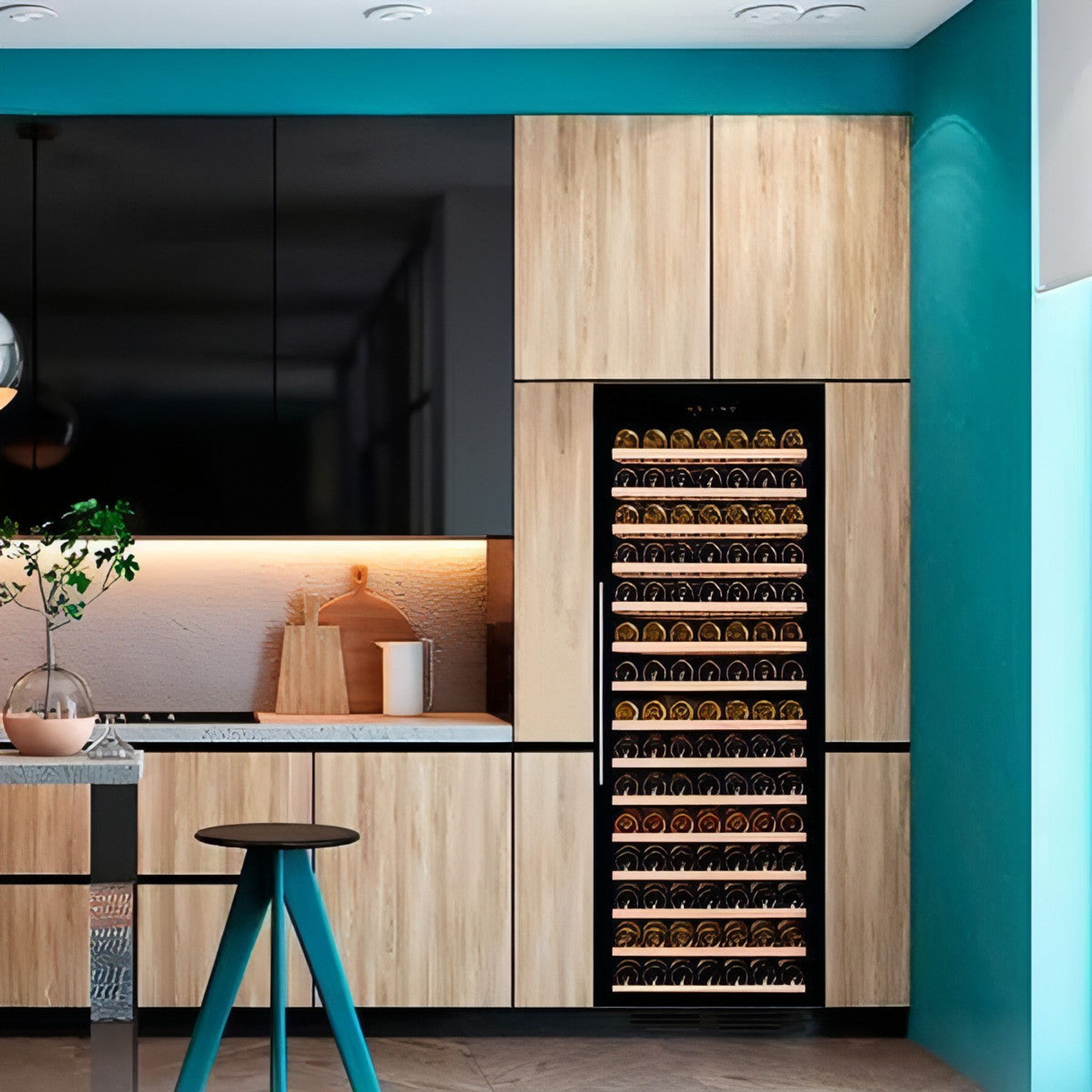Wine comes in many different forms. Tastes such as oak, raspberry and chocolate can all explode in the mouth at once, so needless to say there are a lot of factors that contribute towards this.
Wine is one of the most beloved drink categories in the world for a whole host of reasons, one of which is the variety it can offer.
When researching the world of wine, you may come across some terms you’re unfamiliar with.
One particularly interesting term is “residual sugar”. What is it? Is it a good thing? And why does residual sugar in wine exist?
In this article, we’re going to take a look at the ins and outs of residual sugar in wine, and take the time to understand why it may be present and how it can benefit the taste.
What Is Residual Sugar In Wine?
The term “residual sugar” isn’t necessarily the most appealing. To some, it may sound as though it is an unwanted leftover from the creation process, but this is far from the case.
Residual sugar comes naturally from the grapes used to make wine. When making wine, grapes have to go through the fermentation process.
During this process, most of the sugars within the grape are gradually turned into alcohol.
However, there is usually at least some leftover, and this is known as residual sugar.
Residual sugar can determine how sweet a wine will be and can affect the categorisation. The amount of sugar in a wine is measured by grams per litre
Based upon this, a wine with 10 grams of residual sugar per litre of wine will have 1 percent sweetness.
It will also have around 1.8 carbohydrates per serving using these measurements.
Amount Of Residual Sugar In Wine
The level of residual sugar can vary in each different type of wine. Dry wines often contain around 10 grams per litre of residual sugar.
When it comes to what we could consider a sweet wine, the amount is higher than this.
Generally speaking, sweet wines usually start at around 35 grams per liter of residual sugar. From there, the amount increases in line with the sweetness.
Some people prefer sweeter wines, whilst others prefer their wines to contain subtler notes. Each style has its place within the viticultural landscape.
How Much Sugar Is In Different Types Of Wine?
Often, red wines contain a low amount of sugar when compared with other types.
The range is wide and varied, from subtle reds all the way to fortified wines such as port and sherry.
In this section, we’re going to take a look at some specific wines and their residual sugar levels.
Dry White And Dry Red Wines
Basically, a rule of thumb when considering the sweetness of wine is the drier the wine, the less sugar.
This is because the yeast has consumed almost all of the sugar available within the grapes.
Dry wines have much lower residual sugar levels, often ranging from around 1 to 3 grams per litre of wine. Most people are likely aware of these kinds of wines.
Some of the most popular white wines within this category are sauvignon blanc, chardonnay, and pinot gris.
Some of the most popular red wines within this category are cabernet sauvignon, pinot noir, and sangiovese.
Fortified Wine
As was mentioned previously, fortified wines are some of the sweetest wines available.
The process of making a fortified wine involves stopping the fermentation process before it can finish.
This means that the grapes leave more sugar than they would if they were able to fully convert into alcoholic content.
Strictly speaking, drinks such as port and sherry are wines combined with other spirits.
This allows the alcohol content to increase whilst retaining a high level of sweetness.
In a fortified wine, you can find residual sugar levels as high as 15 percent.
Sparkling Wine
Sparkling wine wasn’t always the most popular type of wine but is now enjoyed all around the world.
It has around 6 to 20 grams of sugar per litre of wine, and the residual sugar levels will range from 0.6 to 2.0 per litre.
If a sparkling wine is referred to as a “dry sparkling wine”, it is likely that it is within the lower range of sugar.
This is just one example of how various styles of wine can mix together.
Semi-Dry Wine
Some of the most popular types of semi-dry wine are Rieslings, Chenin Blanc, and White Zinfandel. They are sometimes referred to as off-dry wines.
They contain around 10 to 50 grams of residual sugar per litre, which is balanced and subtle.
Wines such as Rosé can fall into this category as they are quite versatile.
Dessert Wine
Judging by the name alone, you might expect dessert wines to be particularly high in sugar.
Well, you’d be right. Dessert wines can have up to 200 grams of sugar per litre, which is quite high.
Sweet wines tend to be lower in alcohol content due to less fermentation, but as was mentioned previously fortified wines do not adhere to these rules.
Other Factors To Consider
The sweetness of wine isn’t always due to the amount of residual sugar present within that wine. Other factors can have a huge effect on the overall taste.
High levels of acidity can increase the sense of freshness in a wine and this can sometimes contribute to a taste that is fairly sweet.
Even the serving temperature of wine can affect its flavour, so it’s important to remember that there can always be variables in the tasting process.
Final Thoughts
We hope this guide helped you to understand the ins and outs of residual sugar in wine, as well as the ways in which it can affect all of the different types of wine we know and love.
Residual sugar is not a bad thing, it is completely natural and one of the elements of wine that makes it so enjoyable.
We have a wide variety of Dunavox products across our site, ideal for those who have wine collections that consist of Champagne and prosecco. Our two most popular models are DX-143 and DX-70 - both of which are available to purchase today.
Dunavox is the perfect brand to go for when it comes to deciding what type of storage system you’re going to go for.
Our customers mean a lot to us, and so do their wine collections - this is why we work so hard to get expert storage units stocked across our site from leading brands. If you want to know more about Dunavox, feel free to reach out to us for more information.
Don’t forget to check out more of our blog content, and let us know what you think of this guide!


